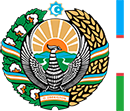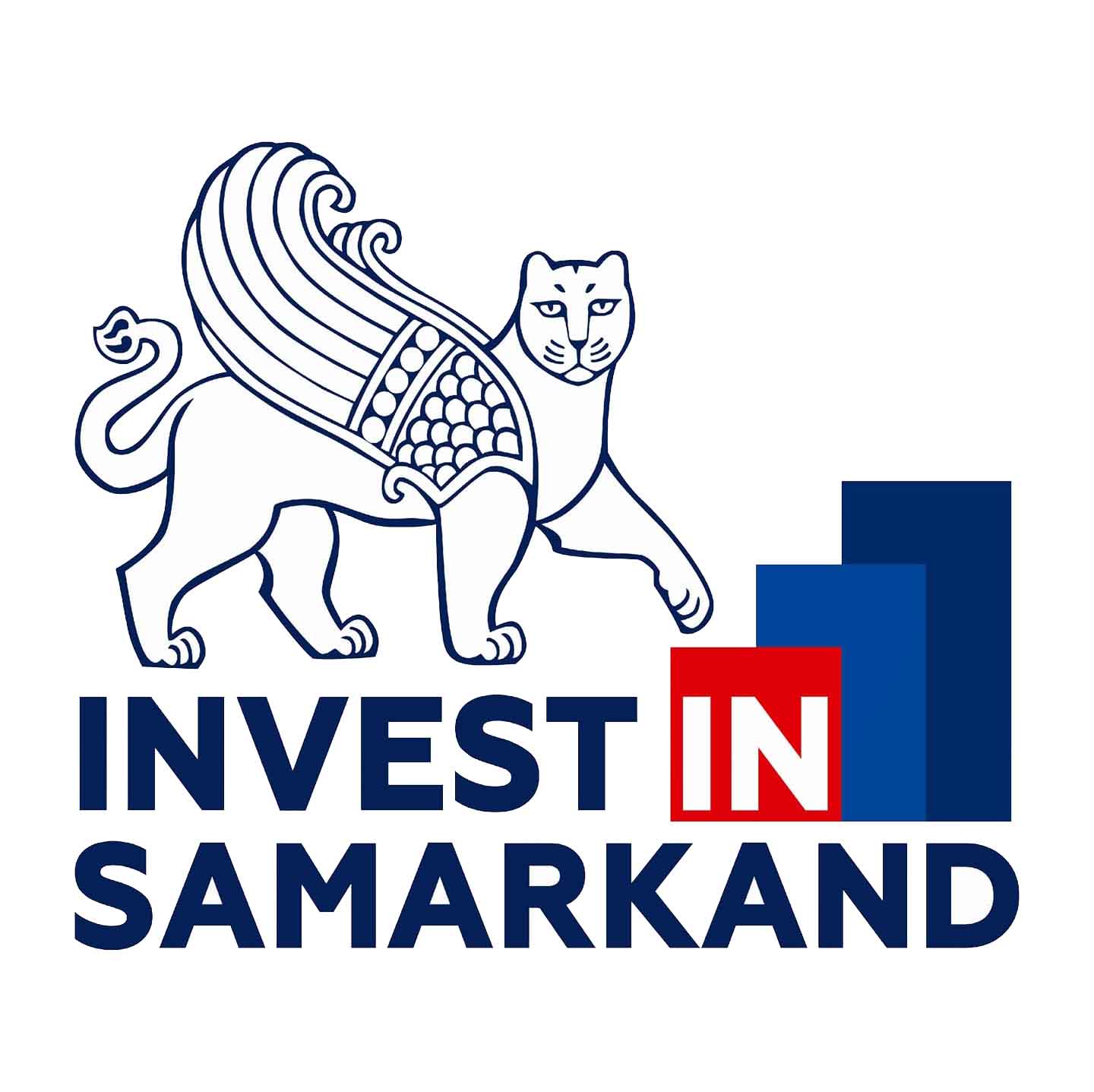

GENERAL INFORMATION
GENERAL INFORMATION
General information about Samarkand region
The state of January 1, 2018
HISTORY
The time of the establishment -in the 6th century BC
Samarkand is an ancient city, region and district. Historians believe that this city is equally similar to cities like Vavilon, Fiva, Athens, Rome and so on. There are different views on the etymology of my part. Nearly all of the researchers consider the second part of the toponym to be Turkic - urban - rural, urban - type.
Mongols under the leadership of Genghis Khan destroyed Samarkand so much that it was impossible to restore it.
Amir Temur selected Samarkand as the capital city of his country in 1370, favored the construction of a new city rather than rebuilding ancient Samarkand - Afrosiyab. The ruins of Afrosiyab were not rebuilt, but a new city was built on the southern part of it. This is why Samarkand is famous for its two historic cities.
Amir Temur constructed tombs such beautiful monuments as the mosque of the mosque, Kuksaroy, Bostonsaroy, Amir Temur, Shakhizinda, and created a beautiful, spacious and beautiful 12 gardens around each other in Samarqand.
As Amir Temur was a true sponsor of science, art and culture, Samarkand developed architecture, poetry, science, monumental painting, ornamental painting, textile arts, painting, embroidery, stone-making, painting, ceramics.
In the XIV-XV centuries Samarkand also served as a creative laboratory for Turon's greatest geniuses. The most rare event in the history of human culture in Samarkand, the Renaissance - the Renaissance process began and developed which was born in Samarkand
"Timurid Renaissance" shone like the sun, spread to the East and the west countries.
The sparkled science, art and culture in Samarkand during the time of Amir Temur and Mirzo Ulughbek had a great impact on the development of science in present-day Iran, India, Khurasan and Turkey.
Ancient and ever young Samarkand became famous as a legendary city in different parts of the planet, with its unique oriental image, rich history, and unique monuments , with the so-called "internal city" along with Rome, it became one of the 50 cities that anyone must see.
At the initiative of our first President, a great deal of work was done in our country. The Samarkand region attracts visitors and tourists from all over the world. The creative work carried out in the Imam Bukhariy complex, and the fact that these sacred sites have become more prosperous, have been gaining a high reputation and respect from thousands of pilgrims, as well as public figures and publics in many Muslim countries.
And most importantly, during the years of independence, historical monuments in Samarkand began their second life, reconstructed the monuments, landscaped it, built many gardens and fountains, expanded corridors, created favorable conditions for tourists.
These noble deeds are being continued systematically under the leadership of our President Shavkat Mirziyoev.
In numbers
Center: Samarkand city.
Established : January 15, 1938.
Area: 16.8 thousand km2. Total crop area - 432 thousand hectares, of which irrigated lands - 249 thousand hectares, unirrigated land areas - 183 thousand hectares.
Gardens: - 29 thousand, vineyard: - 30 thousand, land plot: 86 thousand hectares.
Border: Jizzakh - 180 km, Navoi - 285 km, Kashkadarya - 200 km and the Republic of Tajikistan - 53.2 km.
Population: 3685.7 thousand people. Working capacity: 2070.3 thousand people. Composition of nations: Uzbeks 88 percent, Russians 1.3 percent, Tajiks 7.4 percent, Kazakhs 0.1 percent, others 3.2 percent.
Number of higher educational institutions: 13 units
The number of professional colleges and academic staff: 57
Total number of secondary education institutions: 1268
Preschool educational institutions number: 764
Number of industrial enterprises: 3943 units. Large industrial enterprises - 34,
The number of enterprises with foreign capital is 291 (China - 37, Turkey - 34, Russia - 28, Great Britain - 14, United Arab Emirates - 12, South Korea - 11, Iran - 8) USA and Germany-6). They will receive $ 95 million. exports of goods and services were done by them in 2017
Date edited: 15/05/2025 10:30. Views: 10181

Press-service of the President of the Republic of Uzbekistan

Government Portal of the Republic of Uzbekistan

The Senate of the Oliy Majlis of the Republic of Uzbekistan

The Legislative Chamber of Oliy Majlis of the Republic of Uzbekistan

Online legislation base of the Republic of Uzbekistan

State Inspectorate for Supervision of Communications, Information and communication technologies

 Become an investor in Samarkand region!
Become an investor in Samarkand region!







